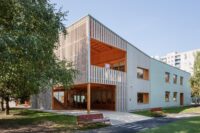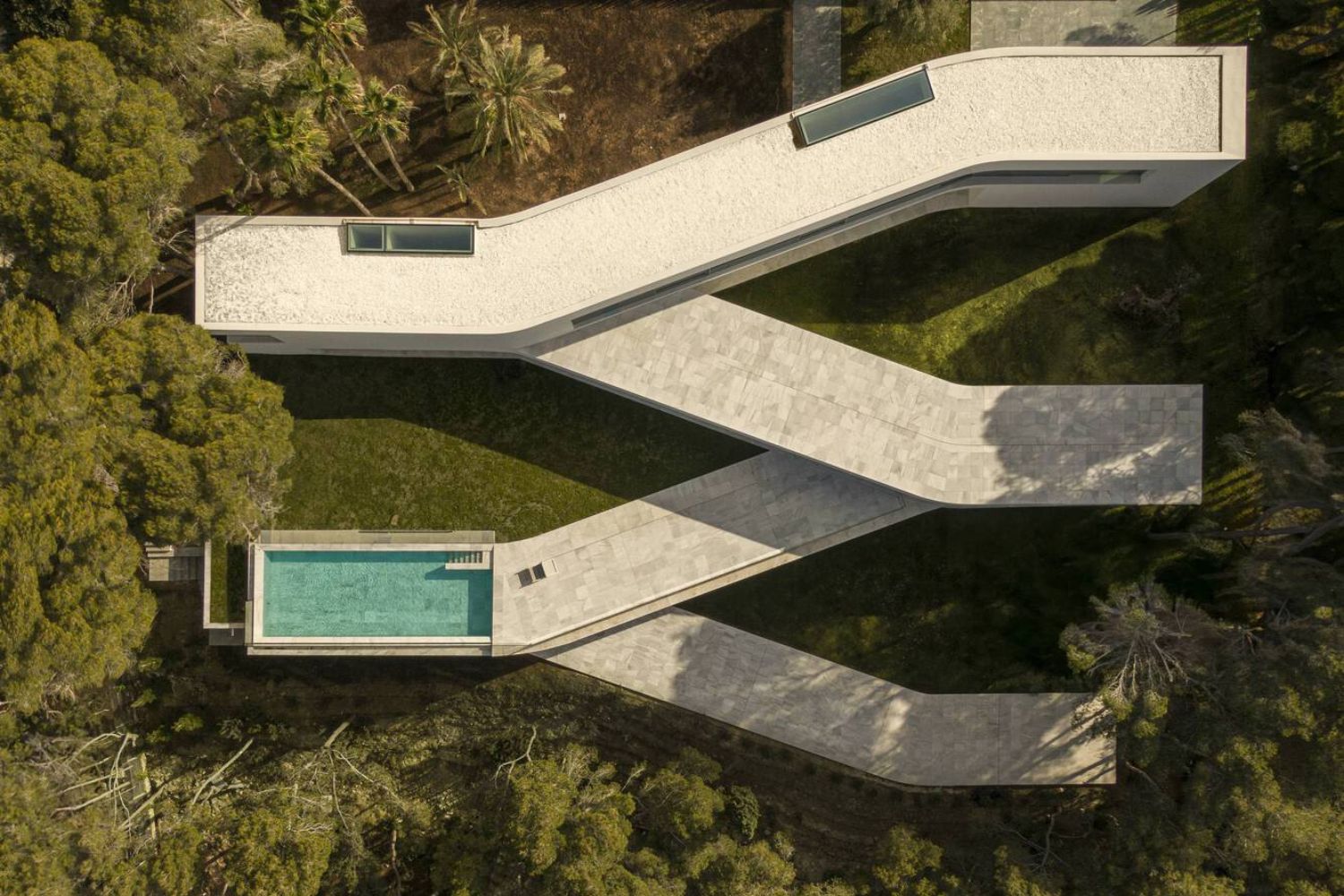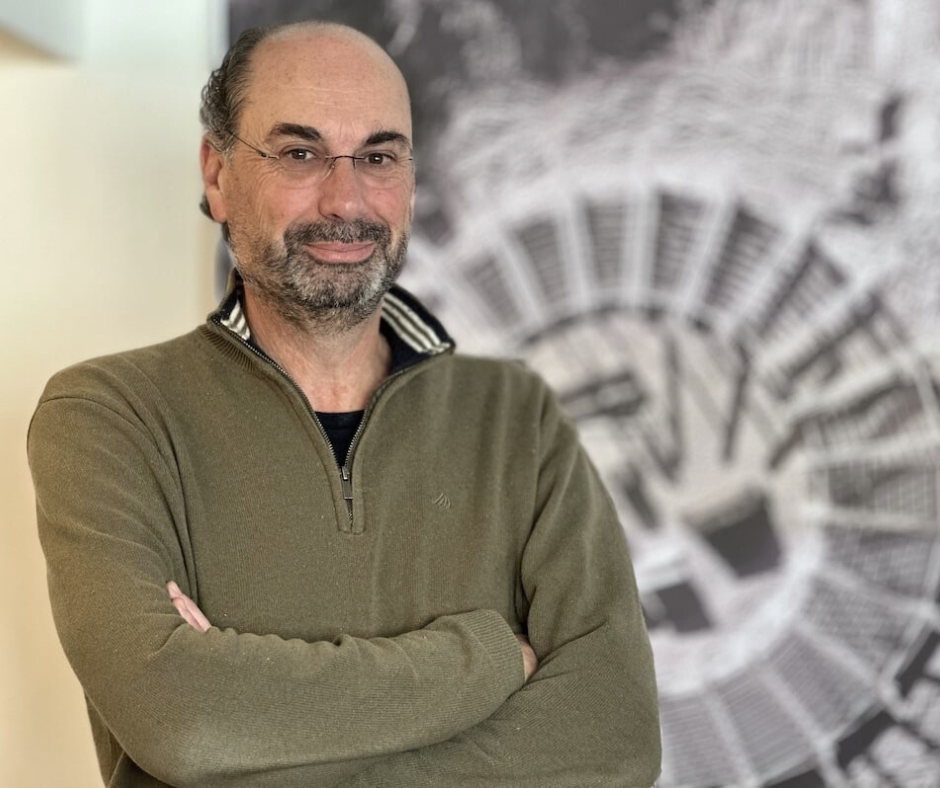- Home
- Articles
- Architectural Portfolio
- Architectral Presentation
- Inspirational Stories
- Architecture News
- Visualization
- BIM Industry
- Facade Design
- Parametric Design
- Career
- Landscape Architecture
- Construction
- Artificial Intelligence
- Sketching
- Design Softwares
- Diagrams
- Writing
- Architectural Tips
- Sustainability
- Courses
- Concept
- Technology
- History & Heritage
- Future of Architecture
- Guides & How-To
- Art & Culture
- Projects
- Interior Design
- Competitions
- Jobs
- Store
- Tools
- More
- Home
- Articles
- Architectural Portfolio
- Architectral Presentation
- Inspirational Stories
- Architecture News
- Visualization
- BIM Industry
- Facade Design
- Parametric Design
- Career
- Landscape Architecture
- Construction
- Artificial Intelligence
- Sketching
- Design Softwares
- Diagrams
- Writing
- Architectural Tips
- Sustainability
- Courses
- Concept
- Technology
- History & Heritage
- Future of Architecture
- Guides & How-To
- Art & Culture
- Projects
- Interior Design
- Competitions
- Jobs
- Store
- Tools
- More
Inspirational Stories #3: Ritika Rathore (Studio Articulation)
Ritika Rathore, founder of Studio Articulation, redefines architecture as a visual storytelling practice. Her work transforms complex design ideas into playful, intuitive graphics, making architecture accessible to students, clients, and enthusiasts alike. Through her content, she highlights the creative process, architectural graphics, and the role of emerging technologies in design.

We’re going on with the next article of the Inspirational Stories series. In this article, we are thrilled to feature Ritika Rathore, the creative mind behind Studio Articulation. Ritika describes herself not as a traditional architect, but as a visual storyteller, someone who bridges the gap between architecture, communication, and education.
Through her creative contents, she makes complex design ideas feel accessible, simple, and playful. Her work is a masterclass in transforming diagrams and architectural elements into clean, compelling visual narratives. Follow @studio_articulation on Instagram and do not miss her world of layered creativity in architecture.
Table of Contents
ToggleHow would you describe yourself as an architect and your creative practice?
I’d say I’m more of a visual storyteller than a traditional architect. My work sits at the intersection of design, communication, and education. I’m obsessed with the idea of making architecture more understandable not just to professionals but to students, clients, and even someone scrolling casually through Instagram. Studio Articulation started as an experiment in that direction a space where I could break down complex design ideas into something visually intuitive, playful, and sometimes even a little poetic. My creative practice is layered, and rooted in research and emotion but always filtered through clean, compelling visual design.

When and why did you start creating architectural content?
It started during college, almost accidentally. I was just trying to make sense of architecture for myself through diagramming, visual notes, plan renders and ended up sharing it online. The response was wild. People related. They had the same questions I did. That moment lit something in me: the idea that architecture content doesn’t have to be stiff or intimidating it can be fun, friendly, and approachable. So, I kept going, and over time, it evolved into Studio Articulation. The mission became clearer: to create a space where students don’t feel lost where they can learn, explore, and be proud of how they express their ideas.

What do you find most challenging about content creation?
Balancing creativity with consistency. You want to keep things fresh and valuable, but there are days when ideas just refuse to flow especially when you’re juggling ten other things. Content creation is like architecture in that way: it demands both freedom and discipline. Another challenge is staying authentic. Social media moves fast; trends change even faster but I’ve learned to keep my voice grounded and not chase every shiny thing that pops up on the feed. It’s better to build something meaningful than just be loud.

What aspects of architecture do you most want to highlight or make more visible through your work?
The process. Everyone sees the final renders, the polished plans but what about the messy iterations, the sketchbook pages, the zoning diagrams you figured out at 2 a.m. over cold chai? That’s the real magic. I want to celebrate how architecture is made not just what it looks like. I also want to bring more attention to architectural graphics as a serious skill set. It’s not just decoration it’s how we think, communicate, and connect with people.

Who are the content creators, architects, or interdisciplinary figures that inspire and influence you?
I’ve always been drawn to creators and thinkers who look beyond the obvious and Bjarke Ingels is a huge inspiration in that sense. His way of weaving stories into spaces, making complex concepts feel light and bold at the same time it pushes me to think differently. But aside from that, a lot of my inspiration comes from outside the conventional field of architecture. I’m deeply influenced by product design, UI/UX systems, and how people emotionally connect with design. I find myself constantly exploring how architecture, tech, and experience design can overlap in meaningful ways. That’s what fuels my content the urge to simplify, humanize, and elevate design thinking.

Do you follow AI and other emerging technologies? How do you stay up-to-date with the latest trends?
Absolutely. AI is changing the game especially for architecture and interior design students. From auto-generating renders to reworking plan layouts or visualizing mood boards, AI tools are making the design process faster and more accessible. I actively follow updates and keep experimenting with different platforms. What excites me most is how these tools aren’t replacing creativity they’re amplifying it. I usually stay updated by testing tools myself, talking to students, and just keeping an open eye on what’s trending in the design-tech space. It’s a constant learning curve, and I love that.
- art and inspiration
- art entrepreneurship
- art studio inspiration
- artist success
- creative storytelling
- creative success tales
- inspirational art
- inspirational stories
- inspiring artists
- inspiring personal stories
- motivational artist stories
- motivational stories
- Ritika Rathore
- Ritika Rathore art
- Ritika Rathore journey
- Studio Articulation
- Studio Articulation stories
- success stories
Submit your architectural projects
Follow these steps for submission your project. Submission FormLatest Posts
Inspirational Stories #14: Fran Silvestre Arquitectos
In the 14th edition of our Inspirational Stories series, Fran Silvestre Arquitectos...
Inspirational Stories #13: Studio Transit
Studio Transit’s story is a powerful example of how research, collaboration, and...
Inspirational Stories #12: Ekaterina Andryukhina (Sketch1story)
In this edition of Inspirational Stories, illustrator Ekaterina Andryukhina (@sketch1story) discusses her...
Inspirational Stories #11: Paulo Lousinha / Lousinha Arquitectos
In this edition of Inspirational Stories, we welcome Portuguese architect Paulo Lousinha...













Leave a comment